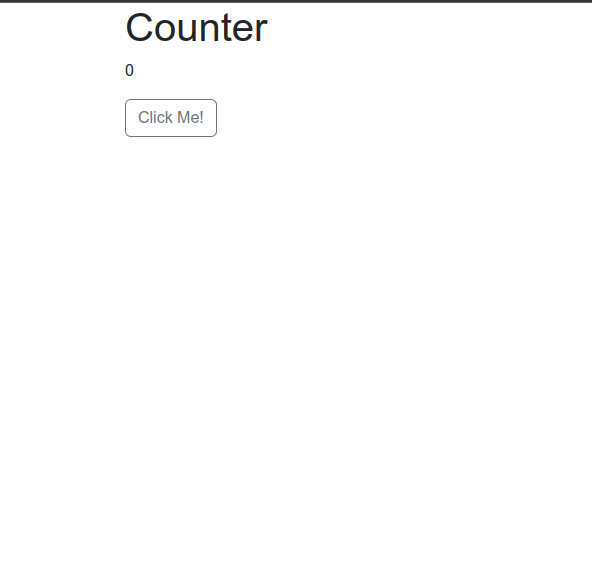A state is the current data passed in React components. State management in React enables you to dynamically update data in Components.
This post will take you through creating an initial state and an event to trigger a state update in Reactjs.
Prerequisites:
- NodeJS Installed
- Knowledge of React
Source Code and Demo
Creating A New React App:
# create a new react app
npx create-react-app state-management-demo
# move into the new app's directory
cd state management-demo
# start the app to see if everything is okay
npm start
For the Demo, clean the App.js to have the following:
const App = () => {
return <div>My React Application</div>
}
export default App
We will create a simple counter button to demonstrate state management.
At the top of the App.js file, import useState:
import { useState } from 'react'
Inside the App() function, we will set our default state, 0. Then once a user clicks a button, the number increases by 1 per click.
const [count, setCount] = useState(0)
We will add a function, that will fire up when the button is clicked:
const handleClick = () => {
setCount((count) => {
return count + 1
})
}
Update the return function to the following:
return (
<div className='container'>
<h1>Counter</h1>
<p>{count}</p>
<button className='btn btn-outline-secondary' onClick={handleClick}>Click Me!</button>
</div>
)
Run the development server and open the browser on port 3000: http://localhost:3000/

The full code:
https://gist.github.com/achingachris/e3e85f714b5f0921450f0ce480322140
Here is a demo:
https://codesandbox.io/embed/tender-lewin-yiw2pz?fontsize=14&hidenavigation=1&theme=dark
Conclusion:
We created a component and added a button that shows the number of times it’s been clicked, using the useState hook. Cool isn’t it?